What is Betelgeuse? NASA explains
Betelgeuse is a shining red supergiant illuminating the night sky, positioned as the "right shoulder" in the Orion constellation.
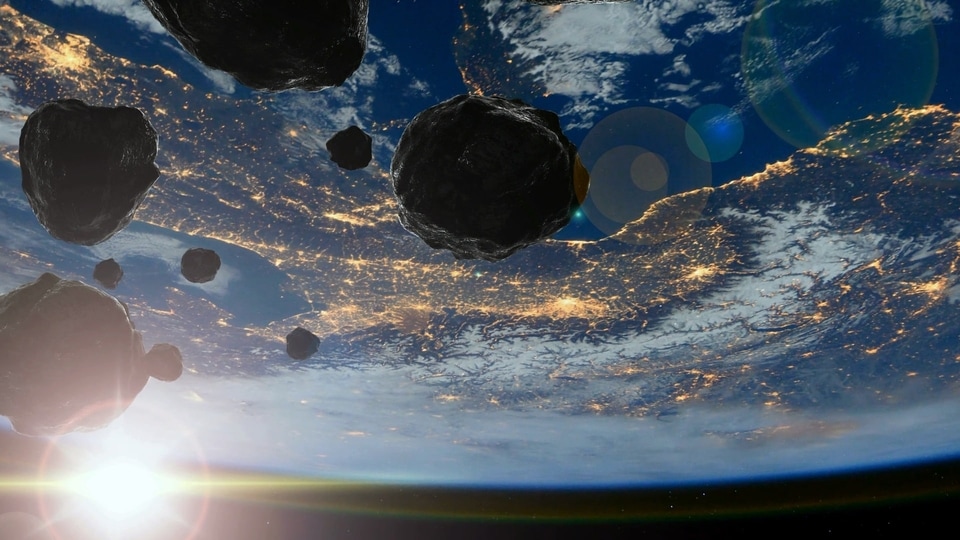
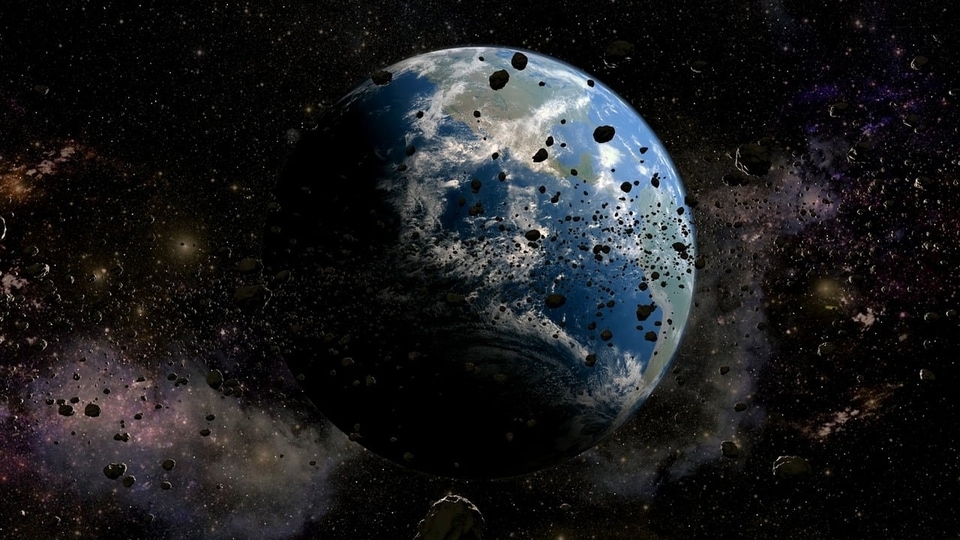
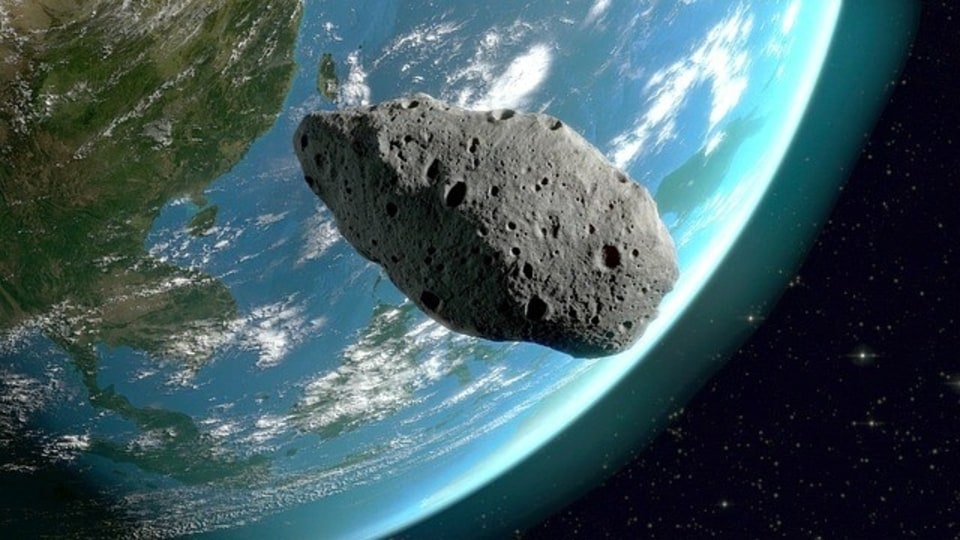
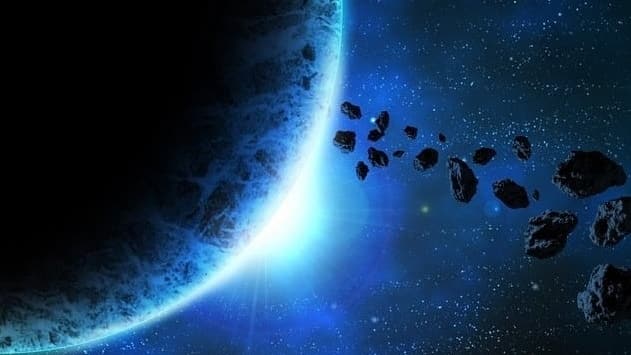
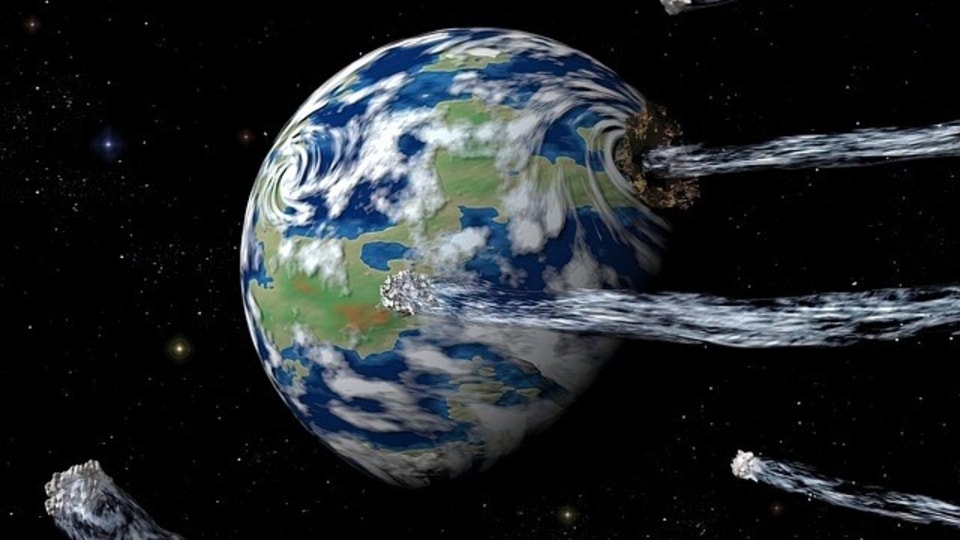
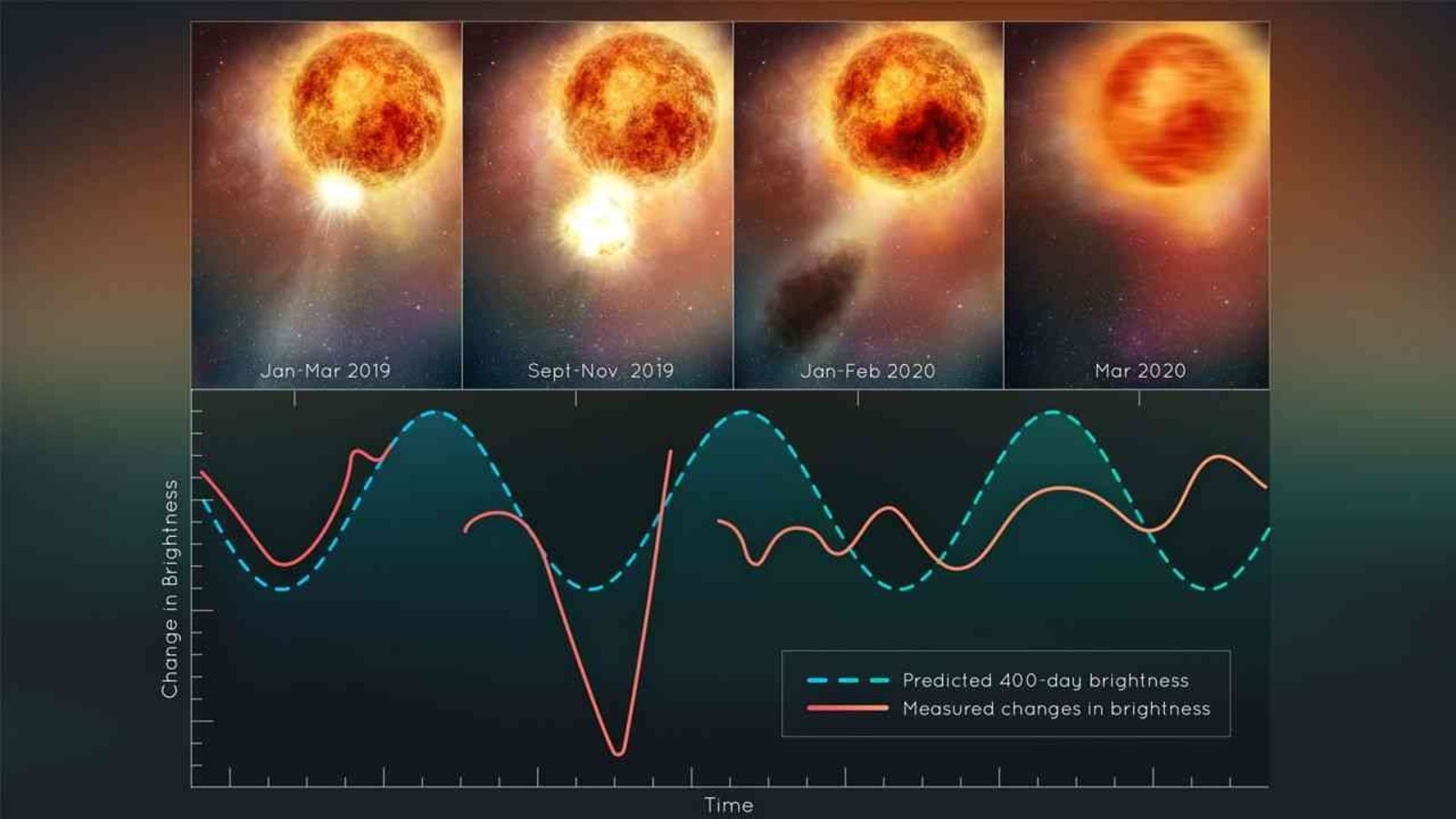
 View all Images
View all ImagesHave you ever heard of Betelgeuse Star? For centuries, humanity has been captivated by the dazzling brilliance of Betelgeuse, a blazing red supergiant illuminating the night sky. Positioned as the "right shoulder" in the Orion constellation (or "left shoulder" from our vantage on Earth), Betelgeuse, also known as Alpha Orionis, stands out as one of the most prominent stars in the nocturnal expanse. Notably, it ranks among the largest stars ever observed, showcasing its immense size.
What is Betelgeuse star?
According to NASA, Betelgeuse is a huge red star that looks orange-red in the sky. It's like a super old star about 10 million years old, but it's much bigger and brighter than our Sun, even though our Sun is way older. Betelgeuse is really far away, about 640 light-years, so the light we see from it is really old, like from 640 years ago.
You can easily spot Betelgeuse because it's very bright, sometimes one of the top ten brightest stars. It's even way brighter than our Sun. It's super big too, about 700 times larger than our Sun and much heavier. If it took the place of our Sun, it would reach past where Jupiter is.
Even though it's big and bright, Betelgeuse is not as hot as our Sun. It's cooler, with a temperature of about 6,000 degrees Fahrenheit, while our Sun is hotter at around 10,000 degrees Fahrenheit.
Will Betelgeuse ever explode?
In 2019, Betelgeuse, the big star, became much dimmer than usual, and this surprised scientists. It got really dark, about 60% darker, which they called the Great Dimming. Some thought it might explode soon, which would be a big deal because it would be the closest exploding star we've seen.
By April 2020, Betelgeuse got brighter again, but the dimming was still a puzzle. Scientists used telescopes, like the Hubble Space Telescope, to figure it out. They found that Betelgeuse actually threw out a huge chunk of its material into space in 2019. This stuff formed a cloud of dust that blocked its light.
Stars often throw out material, like our Sun does, but Betelgeuse's ejection was super big – 400 billion times more massive than usual. The chunk it threw out was probably heavier than our Moon. Scientists think a gas bubble inside the star, helped by its regular pulsing, might have caused this, but they're still not completely sure.
Catch all the Latest Tech News, Mobile News, Laptop News, Gaming news, Wearables News , How To News, also keep up with us on Whatsapp channel,Twitter, Facebook, Google News, and Instagram. For our latest videos, subscribe to our YouTube channel.




























